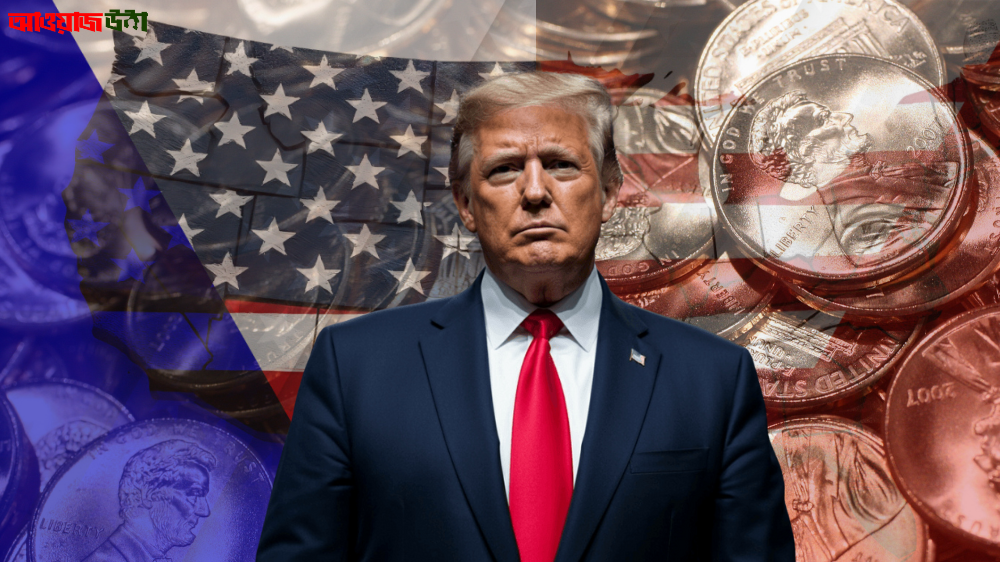Washington, D.C.: In a bold cost-cutting move, President Donald Trump has ordered the U.S. Treasury Department to halt the production of the one-cent coin or penny. Trump announced the decision on Truth Social on Sunday, citing the high cost of minting pennies as an unnecessary government expense.
“For a long time, we’ve been producing pennies, but the reality is—each penny costs more than two cents to make. That’s a massive waste!” Trump wrote. “I’ve instructed the Treasury Secretary to stop penny production. Let’s put an end to government waste and save our great country’s budget!”
Why End Penny Production?
The U.S. has debated the cost-effectiveness of pennies for years, as the cost of production outweighs their value. The Treasury Department reports that each penny costs more than double its face value to mint, primarily due to rising metal prices and manufacturing costs.
Earlier this year, the Department of Government Efficiency (DOGE)—an agency created by Trump via executive order—highlighted this issue in a post on X (formerly Twitter). The department, led by billionaire Elon Musk, aims to reduce wasteful spending in government operations.
Historical Context: The Penny Debate
The debate over eliminating pennies isn’t new. Several bills have been introduced in Congress over the years to discontinue penny production, but none have passed. Other countries have already moved away from low-value coins:
- Canada eliminated its penny in 2012, citing high production costs and inflation, which had reduced the coin’s purchasing power. At that time, a single Canadian penny cost 1.6 cents to produce.
- Similar discussions have taken place in the UK, Australia, and New Zealand, where lower-value coins have been gradually phased out.
What’s Next?
Trump’s order raises questions about how transactions will adjust if pennies are no longer in circulation. Some experts suggest rounding transactions to the nearest five cents, similar to what Canada implemented. However, Congress may still have a say in the final decision, as changes to the U.S. currency system typically require legislative approval.
As the 2024 election season heats up, this decision could become a key talking point in Trump’s push for fiscal responsibility and government efficiency. Supporters see it as a pragmatic cost-cutting measure, while critics argue that the move is more symbolic than financially impactful.















